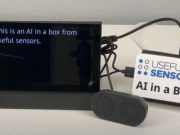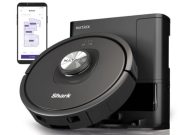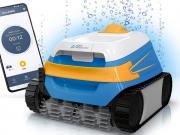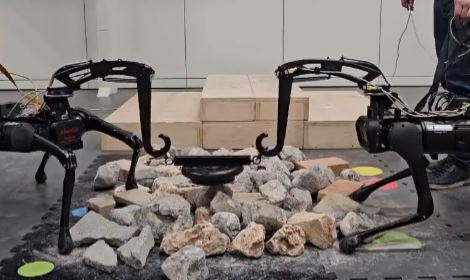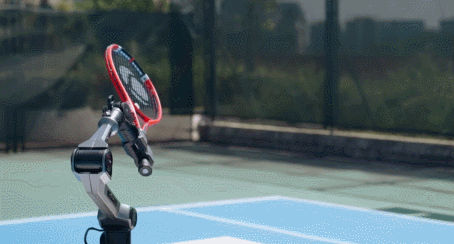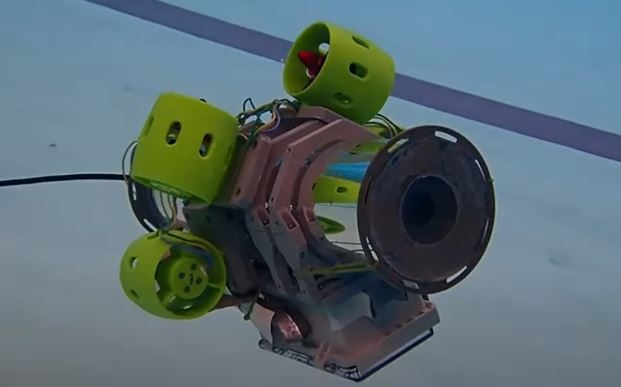Walker S Lite Humanoid Robot Car Assembly Inspection

It was only a few weeks ago that we covered the Walker S Lite from UBTECH. It is a lightweight smart humanoid robot that can coordinate with autonomous ground vehicles. The latest video from UBTECH shows it inspection a car assembly in FAW-Volkswagen Qingdao Branch. It is capable of car parts and core module detection.





















